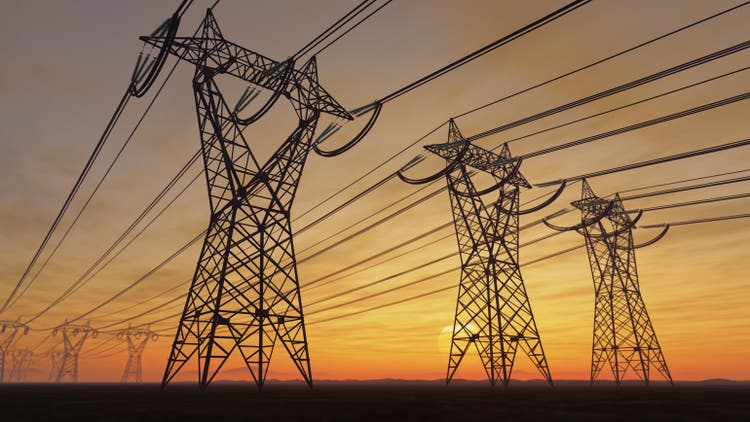While most of the nation’s power focus is on servicing the rise of data centers and AI, the biggest driver of natural gas demand is exports and the rapid buildout of liquefied natural gas terminals to supply the world.
Houston-based Kinder Morgan (No. 289 in the Fortune 500) is leading the charge with a handful of other developers to rapidly build the needed natural gas pipelines throughout the country to supply both the surging LNG and data center sectors and to avoid having pipelines create a bottleneck for growth.
Kinder Morgan co-founder and executive chairman Rich Kinder kicked off earnings season for the oil and gas industry after market close July 16 with his bullishness on global gas demand, which is why the company has added about $6 billion in projects costs to its now-$9.3 billion project backlog in the past 12 months.
The industry is focusing a lot on “rapidly growing demand in America,” Kinder said. “But as we all know, the gas market is international in nature, and a great deal of the growth potential for U.S. production is driven by that worldwide increase in demand.”
He cited projections from Exxon Mobil and the U.S. Department of Energy—dating back to the Biden administration last year—that estimated global gas demand could easily surge by 25% or so from now until 2050, even as renewable energy growth keeps soaring, led by growing populations and wealth in Asia and Africa.
Natural gas must be liquefied for export overseas, which has triggered the massive race to build out LNG facilities, especially along the Texas and Louisiana Gulf Coast. The U.S. is producing more gas than it can consume domestically because of the shale gas boom that kicked off 20 years ago. In fact, the U.S. used to be an LNG importer.
“It will be LNG which will satisfy the bulk of this additional demand, and I think it will grow faster than the overall demand for natural gas,” Kinder said in the earnings call.
Rising supplies and demand
The U.S. produced 103.5 billion cubic feet per day (Bcf/d) of gas on average in 2024, more than doubling U.S. natural gas volumes in 20 years. That’s already on the rise in 2025, up to 107.2 Bcf/d for the month of April, according to the Energy Department.
Although crude oil pricing and production volumes have stagnated, the gas side of the industry keeps growing.
North America’s LNG export capacity is on track to more than double between 2023 and 2028, from 11.4 Bcf/d in 2023 to 24.4 Bcf/d in 2028, according to the Energy Department, and continue growing well into the 2030s, eventually tripling capacity from the 2023 baseline.
The U.S. has led the world in gas production for 15 years and, for just more than two years, now exports the most LNG, having surpassed Qatar.
Kinder Morgan aims to move much of that gas from the shale fields to the LNG facilities and data centers. Already, Kinder Morgan helps move 40% of all the U.S. natural gas produced.
“When you add the international LNG growth to the robust need for gas to satisfy U.S. domestic power and industrial demand…it signals to me that the positive natural gas story has legs and will last for decades to come,” Kinder said.
The company’s new projects are about half-and-half focused on serving power demand growth or LNG expansions, said CEO Kim Dang.
Kinder Morgan is primarily focused on building pipelines to feed data center growth from Arizona to South Carolina and beyond. The LNG growth is concentrated on Texas and Louisiana, as well as the company’s Elba Island LNG facilities in Georgia.
The newest expansion announced July 16 is to add to the planned Trident Intrastate Pipeline, which isn’t even built yet. The expansion will add to the pipeline’s capacity, growing from 1.5 Bcf/d to 2.0 Bcf/d as it stretches 216 miles from west of Houston to LNG hubs by the Texas-Louisiana border.
Research firm RBN Energy recently called Trident a “game changer for Gulf Coast LNG terminals” by solving the logistical challenge of getting gas through the congested Houston area by essentially taking a scenic route north of the nation’s fourth-most-populous city.
Kinder Morgan also is expanding the Gulf Coast Express Pipeline from the Permian Basin in West Texas to LNG facilities in South Texas, as well as the Evangeline Pass pipeline project in Louisiana to service LNG hubs there.
Dang said Kinder Morgan’s volumes feeding LNG facilities will growth 50% from now through 2028, up to 12 Bcf/d.
Throughout the Deep South, the company has its Mississippi Crossing and South System Expansion 4 projects to move more gas into Mississippi, Alabama, Georgia, and South Carolina, including to potential data center projects that are on the rise in the South.
This story was originally featured on Fortune.com

 4 hours ago
1
4 hours ago
1









 English (US) ·
English (US) ·